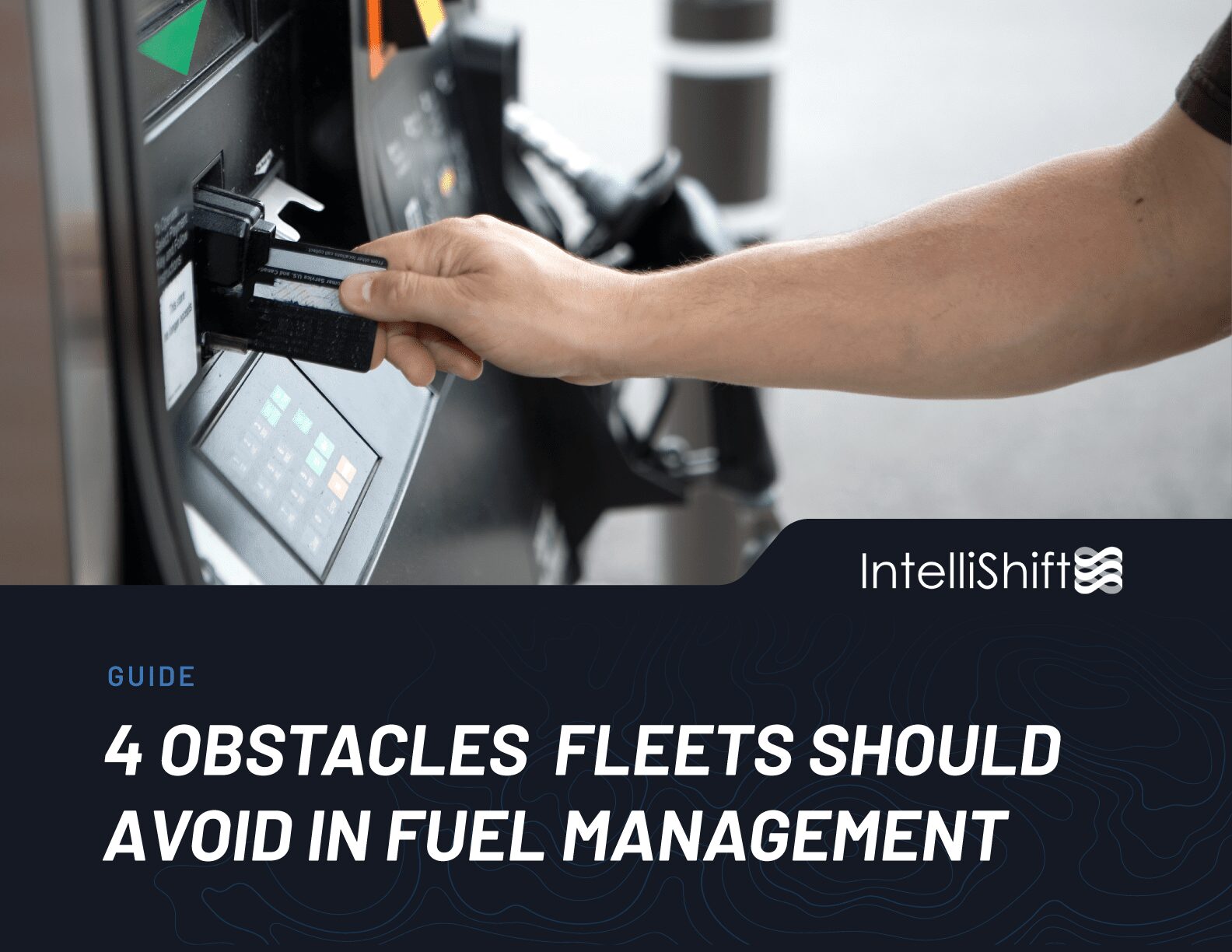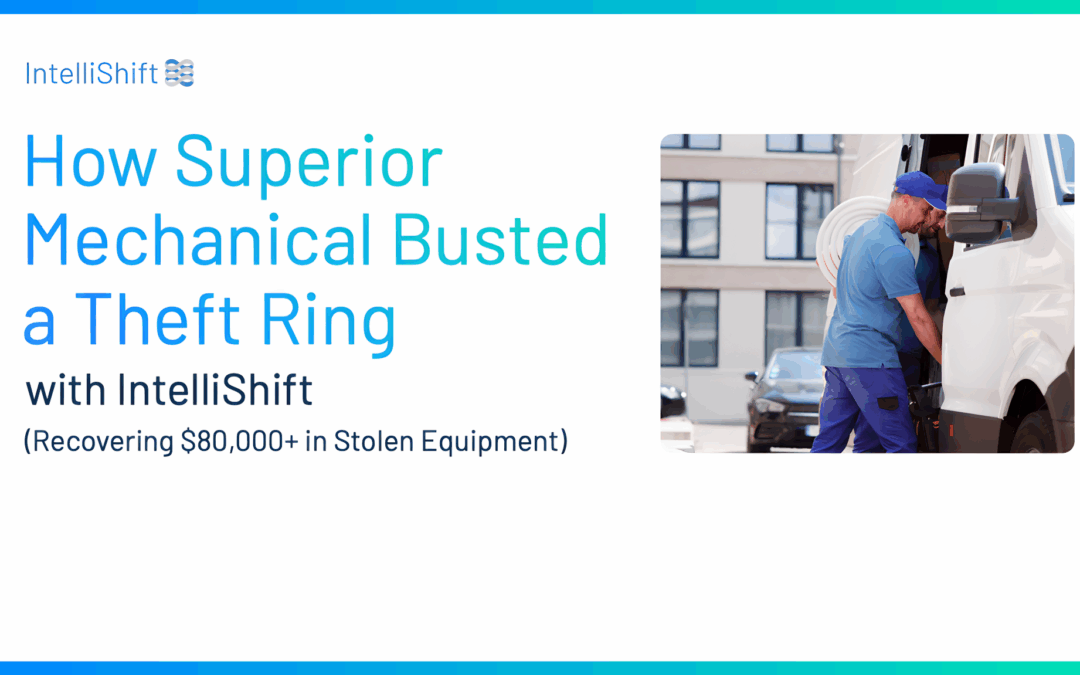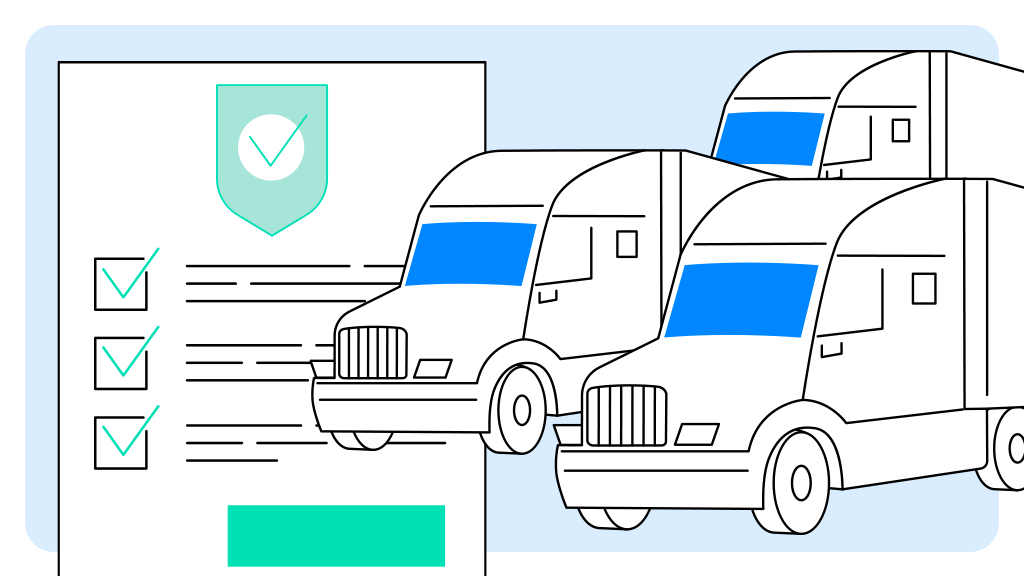DOT audits have a reputation: stress-inducing, heavy paperwork, and full of landmines. But here’s the truth nobody tells you — they’re only terrifying if you’re not ready.
When your fleet is buttoned up, running tight operations, and tracking the right data, an audit becomes a formality. Something you expect — and pass.
This isn’t just a DOT audit checklist (although we’ll cover that too). This is your tactical guide to preparing, surviving, and dominating your next compliance audit — while building a safer, leaner, more efficient fleet in the process.
So... What the Heck Is a DOT Audit, Anyway?
At its core, a DOT audit is the government’s way of asking: Are you running a safe, compliant fleet — or are you a risk on the road?
Conducted by the FMCSA, these audits dig into everything: driver files, HOS logs, maintenance records, insurance, drug and alcohol testing, and overall safety practices. Fail it, and you’re looking at fines, out-of-service orders, or even revoked operating authority. Pass it, and you gain credibility, fewer disruptions, and peace of mind.
And while audits happen behind desks and inspections happen at the roadside, they’re connected — a streak of failed inspections can fast-track your fleet straight into audit territory. In other words: if your day-to-day isn’t dialed in, that desk audit won’t go well either.
The 4 Types of DOT Audits (And What They Really Mean)
Not all DOT audits are created equal — and knowing which one you’re facing can help you prepare the right way. Here’s the breakdown:
New Entrant Safety Audit (NESA)
New to operating under a DOT number? Within your first 12 months, you’ll face this audit. It’s FMCSA’s way of making sure you’re following the basics — like driver qualification files, insurance, vehicle maintenance, and drug/alcohol testing programs.
This audit can happen in two formats:
- Offsite – You upload your documents electronically.
- Onsite – An auditor visits your location.
Either way, the expectations don’t change — your paperwork better be tight.
Compliance Review (CR)
This is the deep dive. It’s often triggered by poor CSA scores, serious violations, or crashes. Inspectors will review everything — hours of service, maintenance records, drug testing, and more. This can lead to fines, corrective action, or even an unsatisfactory safety rating.
Security Audit
Typically seen with hazmat carriers, this audit focuses on your security plan, employee background checks, and driver training. It’s not a standalone audit in FMCSA’s rulebook, but it’s a real inspection with serious implications — especially if your cargo could pose a risk.
Hazardous Materials (Hazmat) Audit
If you haul hazardous materials, you’ll face scrutiny on training, shipping documentation, labels and placards, and emergency procedures. Like security audits, hazmat reviews are usually part of a larger Compliance Review or Focused Audit, but they’re thorough — and they matter.
Hot tip: FMCSA might not list them, but you better be ready for them. However, if you’re flagged for those areas, you’ll still be audited on them. The rules are the same: if you’re running clean and by the book, you’ll be fine — no matter what kind of audit shows up.
Audit-Proofing Starts Long Before the FMCSA Knocks
Let’s be clear: waiting until you know an audit is coming? That’s how you fail one.
To stay ahead, you need tight processes, digital documentation, and a compliance culture that’s lived — not just printed in a dusty manual.
Start with Internal Audits
Treat compliance reviews like routine maintenance. Don’t wait for a red flag — run mock audits quarterly. Review files. Check processes. Fix gaps.
Make Your Records Audit-Proof (Not Just Audit-Ready)
Auditors love documentation. And they really love it when it’s easy to access. At a minimum, you should have:
Valid CDLs and driver qualification files
Drug and alcohol testing records
HOS logs (yep, pulled straight from your ELD)
Maintenance and repair history
DVIRs for the past 90 days
Proof of insurance, including the MCS-90
If you’re moving hazmat, double the paperwork — security plans, driver endorsements, and shipping documentation are included.
The DOT Audit Checklist You’ll Actually Use
Whether you’re a brand-new carrier facing your first New Entrant Safety Audit, or a seasoned operation prepping for a Compliance Review, this checklist has you covered.
This version is fully aligned with FMCSA audit expectations and built to help you stay organized, inspection-ready, and stress-free when the auditor calls (or emails). From driver records to hazmat compliance, it outlines exactly what regulators will be looking for — and what you should have at your fingertips.
Use it to audit yourself before they do.
| Category | What Auditors Expect to See |
|---|---|
| Driver Records | |
| Vehicle Records | |
| Insurance & Operating Credentials | |
| HOS Compliance | |
| Violations & Accidents | |
| Hazmat (if applicable) |
Bonus Resource: FMCSA’s Official Audit Guide
Want to see what the FMCSA looks for during a safety audit — straight from the source?
➡️ Download the FMCSA Safety Audit Resource Guide (PDF)
This guide walks through the exact documents auditors may request, plus examples and regulatory references. It’s a solid companion to the checklist above.
Red Flags That Can Trigger a DOT Audit
DOT audits don’t happen out of nowhere. Most are triggered by clear warning signs in your fleet’s operations — data patterns, compliance gaps, or past incidents that raise questions about safety and accountability. These are the red flags that most often land carriers on FMCSA’s radar:
Poor CSA Scores
Your CSA score is a running report card of your safety performance. Spikes in unsafe driving, hours-of-service (HOS) violations, or vehicle maintenance issues send a clear message: this fleet may not be operating safely. Even moderate score declines over time can trigger increased oversight.
Recent Crash Involvement
FMCSA often audits fleets that have been involved in crashes — especially if injuries or fatalities were involved. Even when your driver isn’t at fault, a crash can prompt regulators to take a closer look at your training, supervision, and safety protocols.
Failed Roadside Inspections
Roadside violations reflect operational discipline. If your trucks are consistently flagged for equipment issues or missing documentation, expect deeper inspection. Recurring DVIR failures or out-of-service designations are particularly problematic.
Incomplete Driver Qualification Files (DQFs)
Missing or outdated DQFs are low-hanging fruit for auditors. When MVRs, medical cards, and road tests aren’t up to date — or can’t be produced quickly — it signals a lack of control over driver compliance.
Irregular HOS Logs
Frequent edits, unassigned drive time, and missing log certifications are all red flags that suggest falsification or poor oversight. Even unintentional inconsistencies can raise audit risk if they appear as a pattern.
BONUS: Whistleblower Complaints
Anonymous tips — often from former drivers or employees — can prompt focused audits. Fleets that lack clear safety processes or a strong internal reporting culture are more vulnerable to this type of scrutiny.
You don’t need to be perfect — but you do need to show that you’re in control. Fleets that proactively monitor these risk areas, document their fixes, and follow through on internal checks are rarely caught off guard. Run your own red flag check each month, and you’ll be ready long before FMCSA ever comes knocking.
ELD Strategy: Make Your Logs Work for You — Not Against You
Yes, ELDs are federally mandated. But the best-run fleets don’t stop at compliance — they use their ELD systems as a tool for visibility, efficiency, and audit readiness.
If your logs are just “checked off” daily but never reviewed, corrected, or analyzed, you’re missing a critical opportunity to stay ahead of FMCSA inspections.
Here’s how to build an ELD strategy that’s not just legal — it’s smart.
Choose an ELD That Supports Compliance — and Simplifies It
Not all ELDs are created equal. Some only meet the minimum FMCSA standards, while others are purpose-built for operational insight and audit support.
Look for a platform that:
- Flags HOS violations in real time so they can be corrected before becoming audit triggers
- Includes a clean audit mode that limits auditor access to only what’s required
- Offers easy log exports (PDF, web transfer) that meet FMCSA formatting guidelines
- Integrates with DVIRs, vehicle data, and GPS for a full compliance picture
- Provides a centralized dashboard for log review, exceptions, and alerts
Fleets that use systems with these capabilities reduce risk and gain back-office clarity — especially when preparing for a compliance review.
Train Drivers to Avoid Common Logbook Pitfalls
Even the best ELD won’t protect you if drivers aren’t using it properly. Most violations stem from human error, not technology failure.
Focus your training on:
- Correctly editing and certifying logs
- Understanding personal conveyance and yard moves
- Proper procedures during roadside inspections (including log transfer)
- Common red flags auditors look for — and how to avoid them
Turn ELD Data Into a Compliance Tool
Don’t just collect logs — use them to drive action.
Establish a routine for reviewing:
- Late or missing log certifications
- Frequent edits or unassigned drive time
- Location data gaps or inconsistencies
- HOS patterns that suggest driver fatigue or overextension
The goal is to catch issues early and document your correction process — which goes a long way during an audit.
Be Audit-Ready at All Times
Your ELD system should do more than store logs — it should make compliance easy to prove. Use this checklist to evaluate whether your setup supports audit readiness:
| What to Look For | Why It Matters |
| Stores 6+ months of HOS logs and supporting documents | Meets FMCSA data retention rules and provides historical context during audits |
| Offers searchable, centralized records | Makes it easy to locate logs, DVIRs, fuel receipts, and trip data during an audit |
| Includes a “one-click” log export feature | Delivers data in FMCSA-compliant formats (PDF/web transfer) without extra work |
| Links HOS logs with fuel/toll/dispatch records | Helps verify trip legitimacy and reduce auditor questions |
| Tracks and timestamps internal log reviews | Shows your team is actively monitoring and correcting compliance issues |
A well-managed ELD program doesn’t just prevent fines — it builds trust during audits. When logs are clean, consistent, and accessible, you’re ahead of the curve.
Compliance Is Mandatory. Freaking Out About It? Totally Optional.
Let’s be real—DOT audits aren’t going away. But scrambling to prepare? That’s a choice.
The fleets that pass with confidence are the ones that live compliance every day. Not because they’re afraid of getting caught—but because safety, efficiency, and accountability are just how they operate.
If you want to spend less time sweating audits and more time running a high-performance fleet, it’s time to ditch the spreadsheets and clunky systems. There’s a better way to manage compliance—without the guesswork, without the paper chase, and without losing sleep every time the FMCSA pops up on your radar.
Want to Go Deeper on ELD Compliance?
You’ve got the basics — now it’s time to take the guesswork out of daily compliance.
Download the free guide:
“Stay Compliant with ELD: Smarter Compliance for Fleets of Any Size”
This practical ebook breaks down:
- What the FMCSA really expects from your ELD setup
- Common pitfalls and how to avoid them (driver resistance, tech headaches, shifting rules)
- How to simplify compliance workflows — even as your fleet grows
Whether you’re running 10 trucks or 200, this guide helps you turn compliance from a burden into a well-oiled part of your operation.

![Episode 50 Thumbnail Erin celebrates building the fleet community with 50 episodes and 11K followers on LinkedIn [Podcast]](https://intellishift.com/wp-content/uploads/2025/04/gfx-blog_pass-DOT-audit.png)




